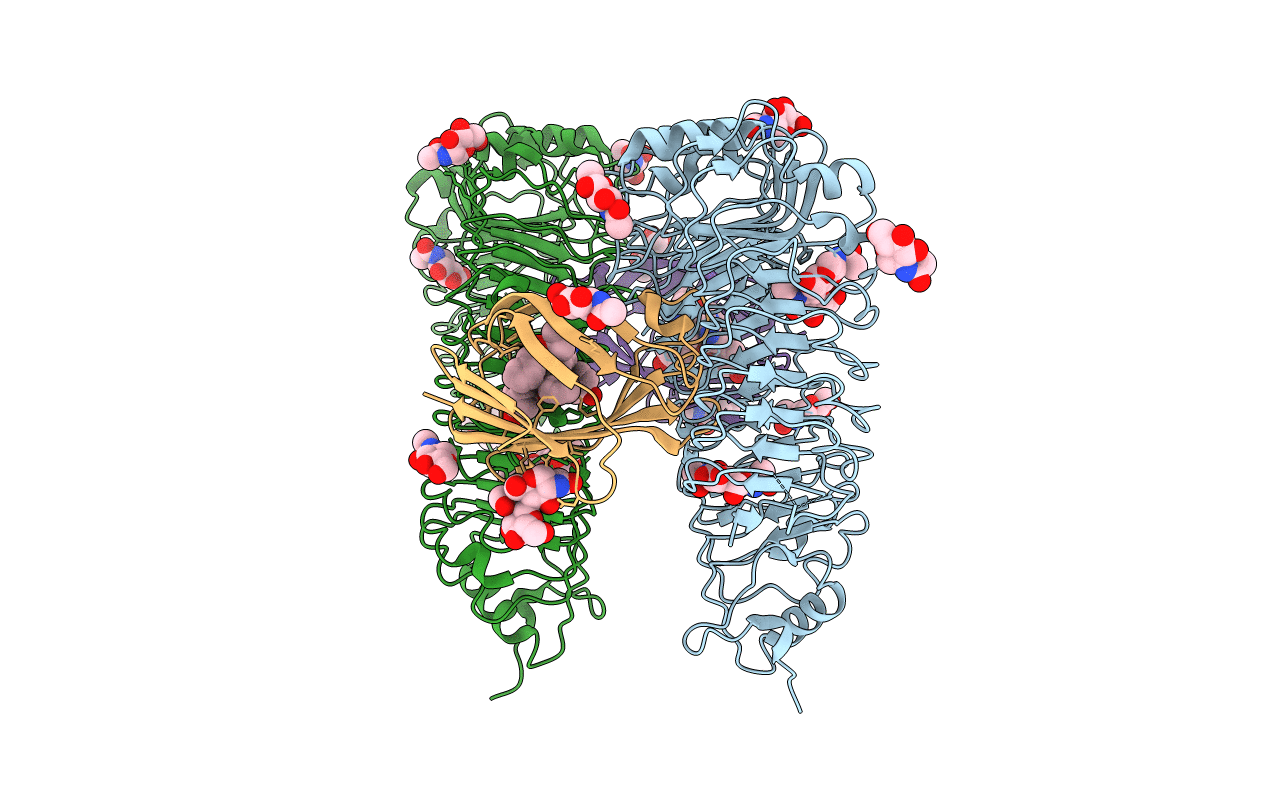
Deposition Date
2016-03-01
Release Date
2016-04-27
Last Version Date
2024-11-13
Entry Detail
PDB ID:
5IJC
Keywords:
Title:
The crystal structure of mouse TLR4/MD-2/neoseptin-3 complex
Biological Source:
Source Organism:
Mus musculus (Taxon ID: 10090)
Eptatretus burgeri (Taxon ID: 7764)
Eptatretus burgeri (Taxon ID: 7764)
Host Organism:
Method Details:
Experimental Method:
Resolution:
2.57 Å
R-Value Free:
0.23
R-Value Work:
0.19
R-Value Observed:
0.19
Space Group:
P 1 21 1


